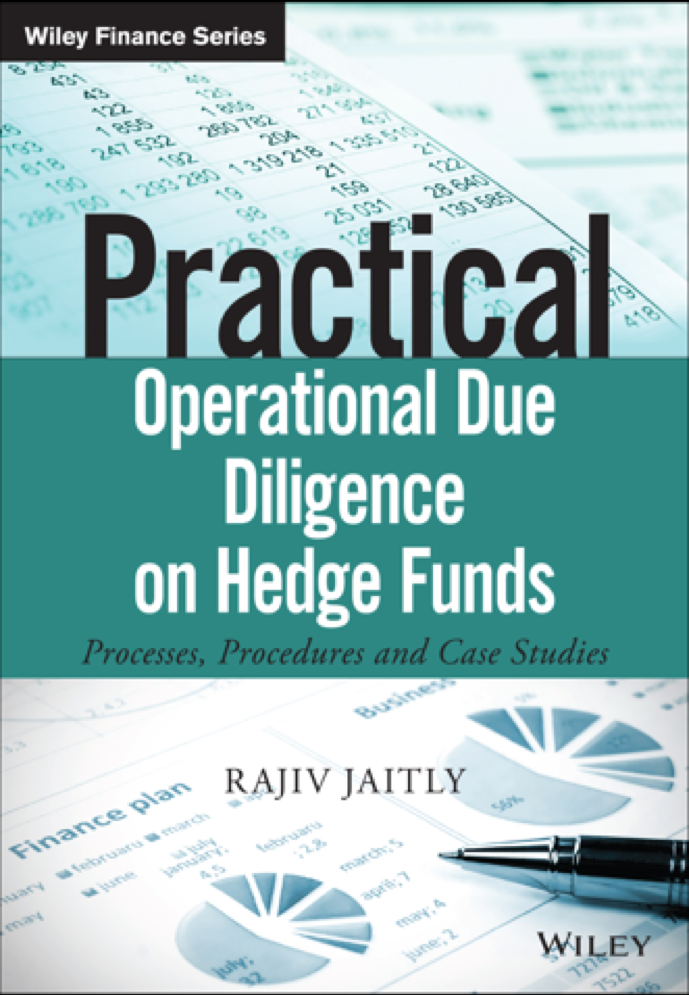A fair amount of time this month has been spent analysing historical blow ups in the world of hedge funds. Having identified over 250 failures of one kind or another it has been interesting to see what material is easily available on each in the public domain and what themes have emerged.
The differences between the information that is readily available for failures in the United States contrasted with those in the UK is interesting too. It feels a lot easier to get factual and anecdotal information on US failures – partly because a large number of fraudulent cases, which are U.S. based, have involved SEC complaints and court judgements. That makes analysis relatively easy. It seems surprising that there is so much more information available in the U.S. given their litigious nature, when contrasted with the UK where the availability of information in the public domain, other than anecdotal press comment, feels far more difficult to obtain. There seems a much greater air of secrecy. Even the insolvency cases based out of Australia seem to have a rich seam of information in the public domain with letters and reports to investors all readily available on the practitioner’s websites.
I have examined 30 failures to date so although a fair amount of the journey still remains to be travelled, some common themes seem to have emerged quite early.
The first is that the instances of fraudulent activity I have looked at so far seem to indicate that those hedge fund managers accused of fraud often had some sort of form in their past . In a number of cases this information was in the public domain and was capable of being identified by investors through basic background enquiries. In the case of institutional investors there is little excuse not to have done this. Making judgements on past events can be difficult, however even if one is to take a forgiving view, then it is important at the very least to have built in safeguards against the highlighted red flags or the possible mind set. Investors often seem reluctant to do so.
The second theme is that liquidity is often ignored by both manager and investor alike. Managers seem to take an optimistic view of the risks. Investors rarely consider portfolio liquidity other than in the context of redemption terms available to them and portfolio marketability and often ignore the risks associated with leverage. It is often forgotten that anyone who lends money or provides finance protects themselves first and it is therefore essential that investors understand the risks to the fund and their money that arise in such an environment. The lender is more often than not likely to get their money back well before an investor. In a highly leveraged environment an investor is at the bottom of the order of priority of payments.
The third theme is that information on the funds, their investment strategy and the manager is often inconsistent with the information given to investors who rarely monitor developments in the manager’s activities other than the performance reports. The inconsistencies are often identifiable before investment, and where they are not, the lack of independent checks on reporting are all too evident. There needs to be a real will to verify information provided by managers. All too often investors are prepared to accept the written word without considering the extent to which there has been any independent checking of that information.
Of course there are other themes that we cannot get away from either – there will always be people who are crooks, mistakes invariably do happen and it is human nature to try and cover up a problem and work it out behind the scenes in the hope that it will not upset the apple cart. From what I have seen and heard in my years in the world of finance, hiding problems in the hope of resolving them quietly without discovery by others often exacerbates the situation and the transition from operational mistake to fraud can be a very quick and dangerous one. Light is a great antiseptic.
Hindsight holds lessons for anyone involved in hedge fund due diligence, indeed any form of business due diligence. Always look at the individuals who control and manage your money. Look at the weaknesses of the business such as from borrowing, margin calls and concentration risk. Look at the problems that might threaten a businesses’ existence and how they might arise, what controls there are around preventing such potential problems, who would identify the problems as they arose, who would resolve them and who would oversee the entire process. Independent scrutiny is important in all of these matters. Above all verify, and, where there are inconsistencies remember that it is good practice to err on the side of caution.
Often, the problems that investors got caught in were ascertainable at least in the form of red flags prior to investment, which more often than not were ignored, if they were at all sought and identified in the first place.
Weeding out fiction from fact is what the due diligence process should achieve.
©Jaitly LLP









